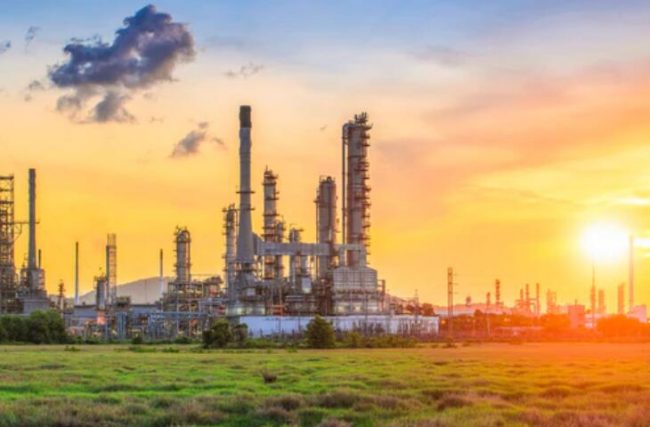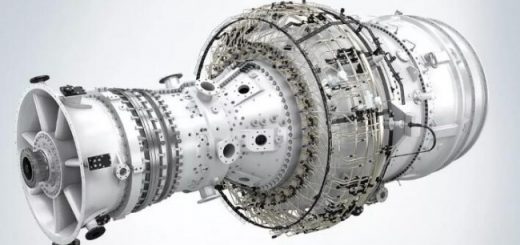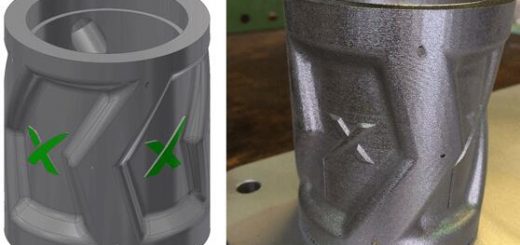Additive Manufacturing Comes to Oil and Gas
Over the years, additive manufacturing has become prominent in different industries and has significantly influenced automotive and aerospace manufacturing (See how GE is using additive manufacturing for printing spare parts and more). And now, the use of additive manufacturing, also referred to as 3D printing, is attracting the interest of the oil and gas industry.
 Image via Automation World
Image via Automation World
In a report from GlobalData, ”3D Printing in Oil & Gas,” the research company explores how 3D printing is emerging as a key technology helping to drive industrial productivity in the oil and gas sector.
“The oil and gas industry has shown slow but steady adoption of 3D printing in recent years,” said Ravindra Puranik, oil and gas analyst at GlobalData. “Initially, this technology was largely limited to polymer-based products. However, recent advancements in metal-based 3D printing are making this technology more relevant to the oil and gas industry.”
In the oil and gas sector, some of the technology’s applications include manufacturing spare parts on site, testing new product designs, and simplifying inventory management to save costs. Currently, the most important benefit of 3D printing for the oil and gas industry is in reducing the time it takes to produce complex prototypes. According to GlobalData, because the 3D printing process makes it possible to manufacture products with fewer steps—and sometimes even eliminate the need to assemble different parts together—this reduces a product’s time to availability.
“Lengthy procurement processes for obtaining spare parts often compel oil and gas companies to maintain extraordinarily high inventory levels, leading to high warehousing costs. 3D printing technology can address this issue by enabling companies to manufacture parts on an as-needed basis,” said Puranik. The result is that “oil and gas companies will see a reduction in the overall costs spent on supply chain management by using 3D printing as a mainstream manufacturing technology, which would help them to enhance operational efficiency and foster growth.”
Puranik also noted that, “due to stricter environmental norms, volatile oil prices and ever-increasing competition, [oil and gas] companies are gravitating towards complex equipment designs to achieve operational efficiency. Therefore, the ability to produce complex components, which are otherwise impossible to manufacture using conventional processes, is turning 3D printing into a must-have technology.”
Source: Automation World




Recent Comments